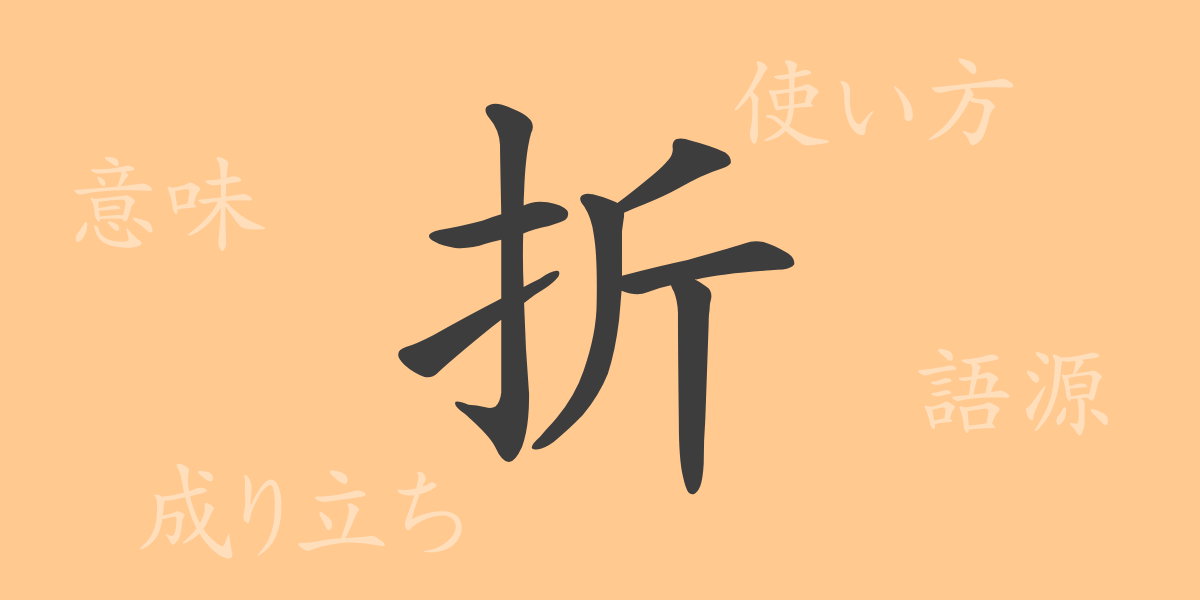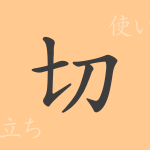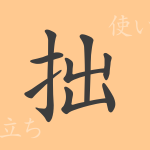The Japanese language’s beauty lies in its complexity and depth. One such intricate kanji is “折” (おり), commonly seen in everyday life and rich in historical and cultural significance. This article delves into the origins, meanings, and uses of “折”, exploring the expressions and idioms associated with it, and invites you on a journey to appreciate the depth of Japanese language.
Origins of 折 (おり)
The kanji “折” originated from ancient China, depicted as a hand bending something. Initially representing the action of folding or bending, it evolved from the character “𠧧” (with “斤”) under the radical for hand, forming “折”. This character has been used historically to describe the act of folding, and has expanded in meaning over time.
Meaning and Usage of 折
Beyond its basic meanings of “to fold” or “to bend,” “折” also abstractly denotes times, places, or opportunities. For example, “折に触れて” (occasionally or whenever the opportunity arises) and in conversation, “その折には” (at that time) are common uses. “折” illustrates how physical actions can metaphorically express timing and opportunity.
Readings, Stroke Count, and Radical of 折
“折” is versatile in its pronunciation and symbolism in Japanese:
- Readings: On’yomi (Sino-Japanese reading) is “セツ” (setsu), while kun’yomi (native Japanese readings) are “おる” (oru), “おり” (ori), and “おれる” (oreru).
- Stroke Count: “折” consists of 7 strokes.
- Radical: The radical is 手 (hand), reflecting its origins and meanings associated with manual actions.
Phrases and Idioms Using 折
There are many idioms and phrases that include “折”, each reflecting the richness of Japanese expression:
- 折半 (せっぱん): To divide into two equal parts.
- 折角 (せっかく): With great effort, often implying doing something special or going out of one’s way.
- 折り紙 (おりがみ): The traditional Japanese art of paper folding.
- 時折 (ときおり): Occasionally, from time to time.
- 折に触れて(おりにふれて): Every now and then, or whenever the opportunity arises.
These expressions not only enrich the Japanese language but also offer a glimpse into its cultural nuances.
Conclusion on 折
The kanji “折” embodies more than its literal meaning; it represents a profound aspect of Japanese linguistic expression. From describing physical actions to denoting abstract concepts of time and occasion, “折” plays a vital role across various contexts. Understanding this kanji enriches one’s grasp of Japanese, offering insights not only to language learners but also to native speakers rediscovering the depth of their own language.

























